Everything you need to know about wool-silk clothing
There is an incredible selection of baby clothes. It's not so easy to decide. What do I have to look out for? Is cotton good or are there alternatives? If you do your research, you will sooner or later come across clothing made from a mixture of wool and silk. But what is so special about it? Why is this material in particular so recommendable? And do I have to pay attention to anything when buying it? What about washing?
These are exactly the questions about wool-silk clothing I would like to address in this article.
Summary
The materials wool and silk
Typically, garments we buy are made of cotton, viscose or polyester. Wool and silk are a bit more exotic, though they are natural materials that have been used for clothing for centuries. I'll tell you a little bit about the production and processing, and later about the material properties.
Wool
There are very different types of wool, which can be used for clothing. These are ultimately different breeds of sheep, which makes the wool slightly different in its fibers.
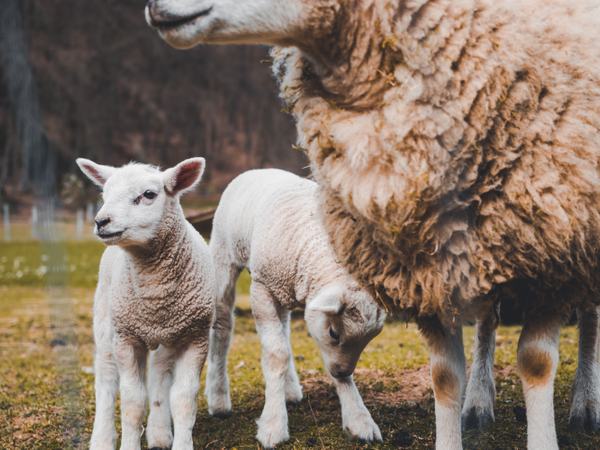
Depending on the type of wool used, quality and processing, wool sometimes appears soft, but sometimes scratchy.
The wool of shorn sheep is spun into yarn and often used in combination with other materials for clothing.
Silk
Silk fiber is a so-called continuous fiber, which is obtained from the cocoons of the silkworm and consists primarily of proteins. However, there are not only silk threads from butterfly caterpillars, but also shells, insect larvae and spiders produce silk. The individual silk threads are then twisted together for use in clothing. Silk originally comes from China.
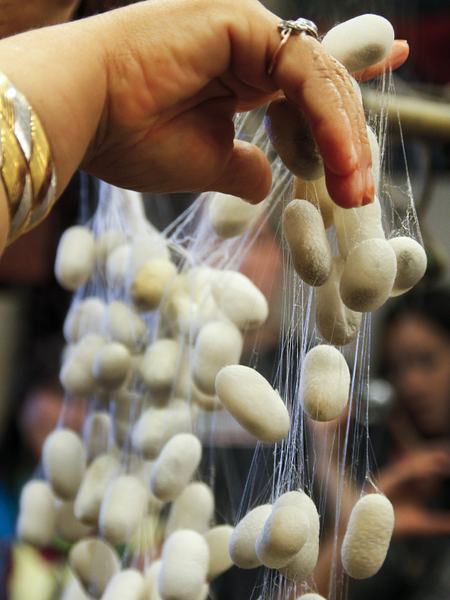
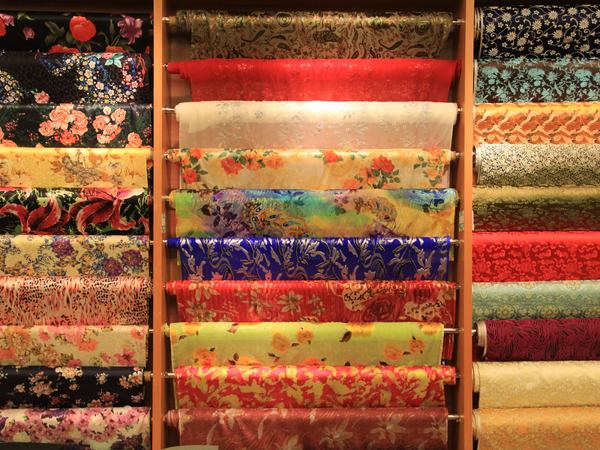
There are very great differences in the material silk. Differences lie, for example, in the weave, the production, as well as the origin.

Material properties
What makes wool and silk actually special in its properties? What is the effect on clothing?
Wool
Wool has a variety of wonderful properties, which is why it is valued as a material in clothing. It is breathable and temperature balancing. As a result, in the winter with wool clothing you do not get cold and in the summer you do not sweat with it.
If the wool still contains its natural fat content (lanolin) it is also water repellent. This is used, for example, in jackets, overalls or cloth diaper overpants. After washing, the wool must be re-greased if the water-repellent effect is to be maintained. I have explained how this works in my article Greasing wool? Easily done! [Instructions].
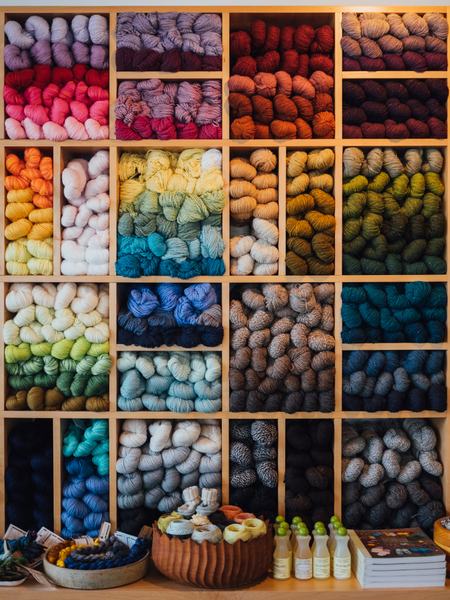
In addition, wool is to a large extent self-cleaning and neutralizes odors.
In forums and (Facebook) groups, I also read from time to time that wool offers good UV protection. In the scientific studies that exist on this subject, a difference to cotton becomes clear, with wool offering significantly better protection. However, the exact UV protection depends on many different factors such as the type of fiber, the fabric weight and the color. More information on the UV protection of wool-silk can be found in the article UV Protection by Wool/Silk by Danisch Pur.
Silk
Depending on the processing and quality, silk is very soft or sometimes rough on the surface. In any case, however, silk is very tear-resistant, shiny and also has a temperature-balancing effect. However, compared to cotton, for example, silk is much more susceptible to high temperatures, water stains and abrasion.
It is also said to have anti-inflammatory properties, which is why it is often used to treat sore bottoms in cloth diaper babies or irritated nipples in nursing moms in the form of liners or nursing pads.
Another aspect regarding the material properties of silk is that it gets particularly intense color results when dyed, which is why the colors can look particularly dazzling and pure, especially when it comes to a very finely woven garment.
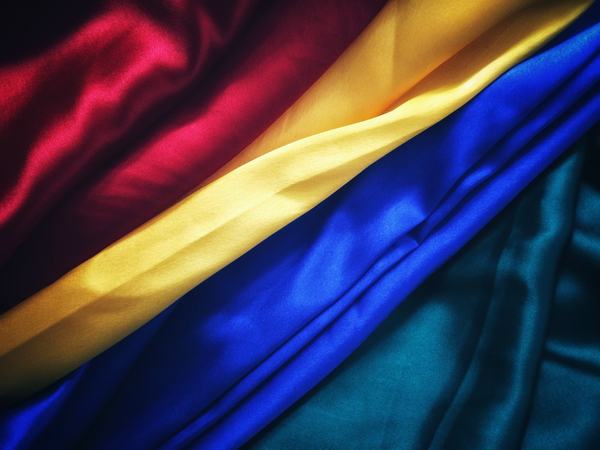

Overall, the properties of wool and silk are consequently similar in some aspects and are highly appreciated in their combination, as well as in the use of the individual material. However, especially in baby clothes, the material mixture of wool-silk is used much more. In this case, a ratio of 70% wool and 30% silk is usually used. Sometimes there are garments with an additional cotton content. The type of wool varies, but often virgin or merino wool is used.
Quality criteria and seals of approval: What they mean and what you should look out for
For all products, there are now criteria to assess the quality and seals of approval that certify it. As I wrote above, there are very big differences here and I would like to introduce you to important quality seals and explain what they mean.
kbT
kbT is the abbreviation for controlled organic animal husbandry. In order to receive this seal of quality, at least 95% of the fibers must be of organic quality. The guidelines here are relatively strict, which is why species-appropriate animal husbandry without genetically modified feed and natural reproduction are required.
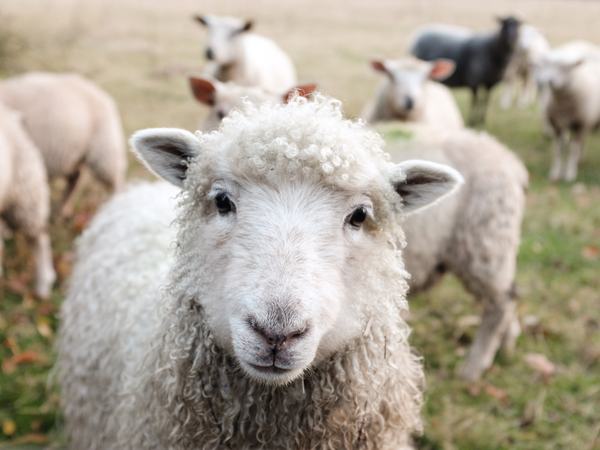
Products with the label kbT are mulesing-free, which means that tail root of the sheep is not removed or docked. This is in fact very painful for the animals and is usually done without anesthesia. Conventional farms use mulesing because fly maggots can quickly spread under the tail. However, these flies are only native to individual countries such as in Australia or New Zealand, where mulesing is banned in New Zealand.
GOTS
GOTS stands for Global Organic Textile Standard. Here, not only is attention paid to species-appropriate animal husbandry, but no pesticides may be used. In addition, fabrics with the GOTS seal must contain at least 70% kbT fiber, which must meet the above criteria.
Typical garments made of wool-silk
For babies, typical garments made from a wool-silk blend are bodysuits and little hats. But also sleeping bags, pajamas, scarves, as well as sweaters and pants are made of wool-silk.
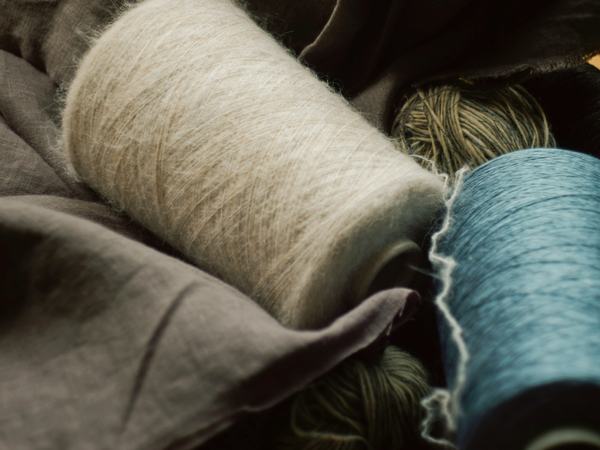
For adults and older children, there are mostly winter underwear made of wool-silk, as the positive properties of the two materials are also highly appreciated here.
Breastfeeding moms also like to use nursing pads made of wool-silk.
Buying options
Meanwhile, there are many ways to buy wool-silk clothing. Especially in stores with organic clothing there is a larger selection, but also in the drugstore DM you can find.
On the Internet, of course, there is a much larger selection here. You can order the clothes for example in the online store of littlegreenie. For example, you can add items of clothing to a list of birth wishes and send them to friends and relatives. This way you get gifts that you can surely use. Also in the sale you can sometimes find cheap discontinued models or unique pieces.
Littlegreenie offers a wide selection of wool-silk clothing for babies. You can find clothes from various well-known manufacturers such as Lilano, Cosilana or Engel - caps, scarves, bodysuits, pants and much more.
In addition, there is the possibility to rent clothes on other platforms.
If you sew yourself, you can also buy yard goods. So you can sew the clothes for your baby, exactly as you want it. For babies, there are many different patterns and instructions to be found on the Internet.
Washing wool-silk clothing
Because of its self-cleaning and odor-neutralizing properties, wool-silk clothing tends to need to be washed less frequently. When they do get washed, you need to keep in mind that the materials are a bit more high-maintenance than pure cotton, to give just one example.
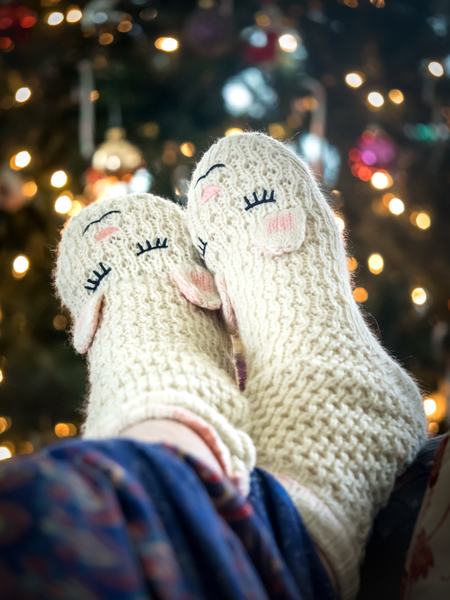
You should wash the clothes either by hand or in the washing machine in the wool wash cycle or hand wash program cold. Use a special wool detergent. For drying, it is advisable to first pull the clothes into shape and then let them dry flat.
Conclusion
Garments made of wool-silk are a bit more complicated to care for and wash, but the materials have a number of great properties that, in my opinion, definitely justify the effort. It would then be optimal to pay attention to the mentioned quality seals.